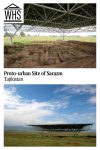Proto-urban Site of Sarazm
By Stephen Lioy
What is the Proto-urban Site of Sarazm?
The archaeological site of Sarazm represents one of the first urban settlements in the Central Asia region. Dating to at least the 4th century BCE, the earliest finds portray the transition from pure pastoralism into an agrarian society and later a Silk Road trading hub.
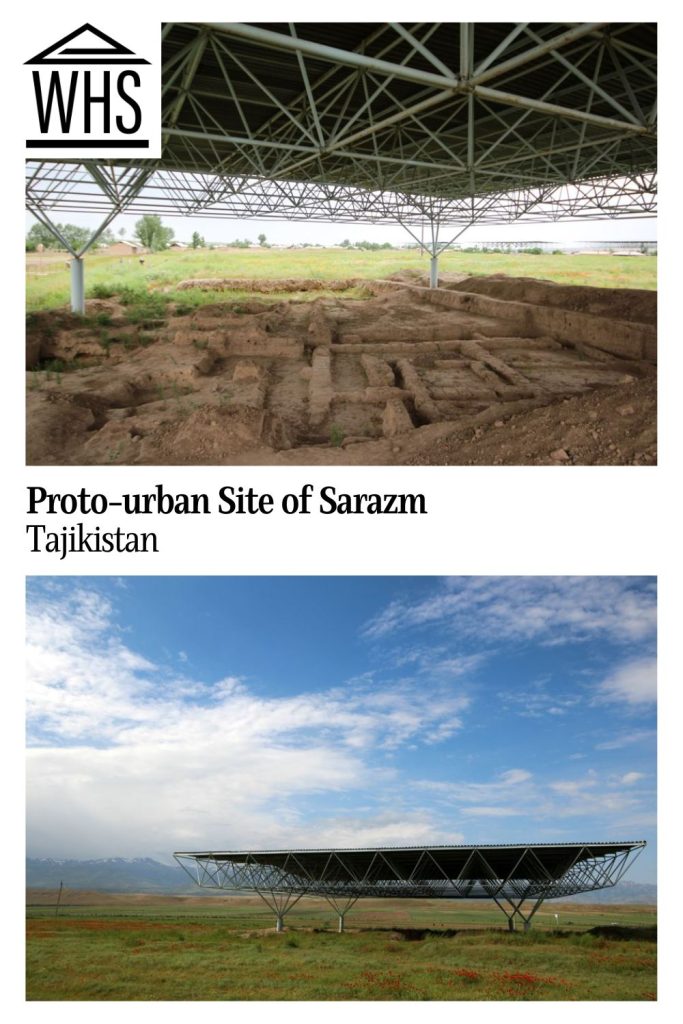
Disclosure: This article contains affiliate links. Making a purchase through an affiliate link will mean a small commission for this website. This will not affect your price. Privacy policy.
Why is Sarazm a UNESCO World Heritage site?
Not only does the Sarazm Proto-urban site represent one of the first permanent urban settlements in the Central Asia region dating to the 4th and 3rd millennia BCE, but artifacts found here (and at nearby Ancient Panjikent) portray a multi-religious society that traded widely with surrounding cultures along the ancient Silk Routes. According to UNESCO, ‘The Proto-urban Site of Sarazm is one of the places that gave birth to and saw the development of the major trans-Eurasian trade routes.’
Bronze Age societies here also appear to have been a center of metallurgy for the region, and at the center of a trading network that stretches from roughly modern India to Mesopotamia.
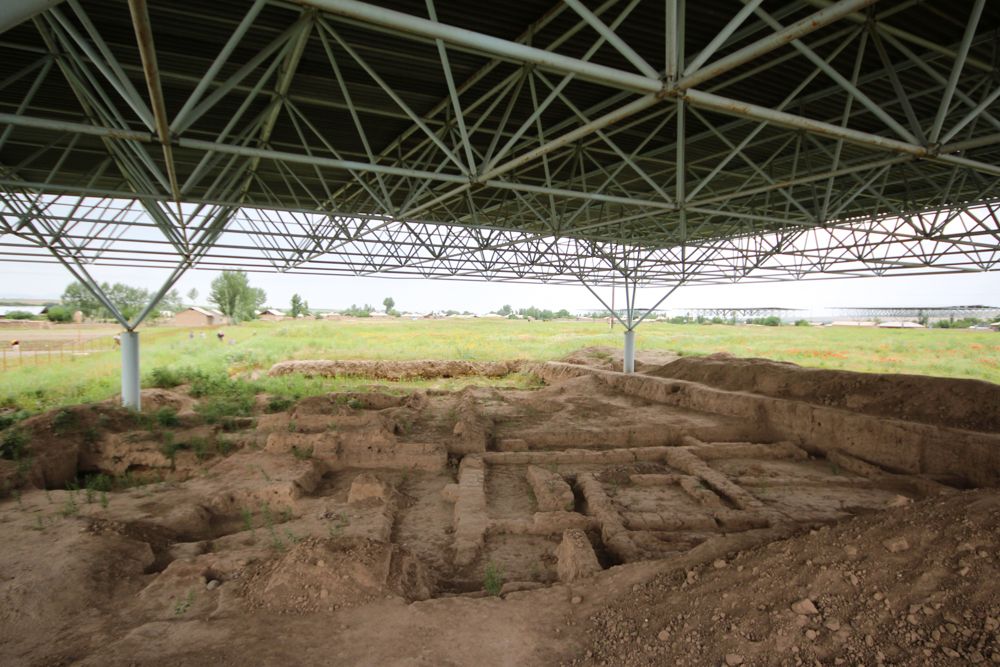
What can you expect on a visit to Sarazm?
The first impression I have of every visit to Sarazm is of a wide overgrown plain, spring flowers and summer grasses covering the bulk of the site. A few of the most extensive excavations are covered by high metal roofs but otherwise left open to the weather. Inside each of these, it’s possible to view sections of the ancient city that have been excavated – a process which is theoretically ongoing but doesn’t appear to have made much progress over the several times I’ve visited in the last decade.
I do like the small museum on-site, which displays some ceramics and other artifacts unearthed here, but most of the more ‘important’ finds are now in either the regional museum in nearby Panjakent or in the Hermitage in St Petersburg, Russia.
The village that surrounds the site (also named Sarazm) is pleasant for a stroll and a nice view of rural life in Tajikistan. I found the people there generally friendly to strangers.
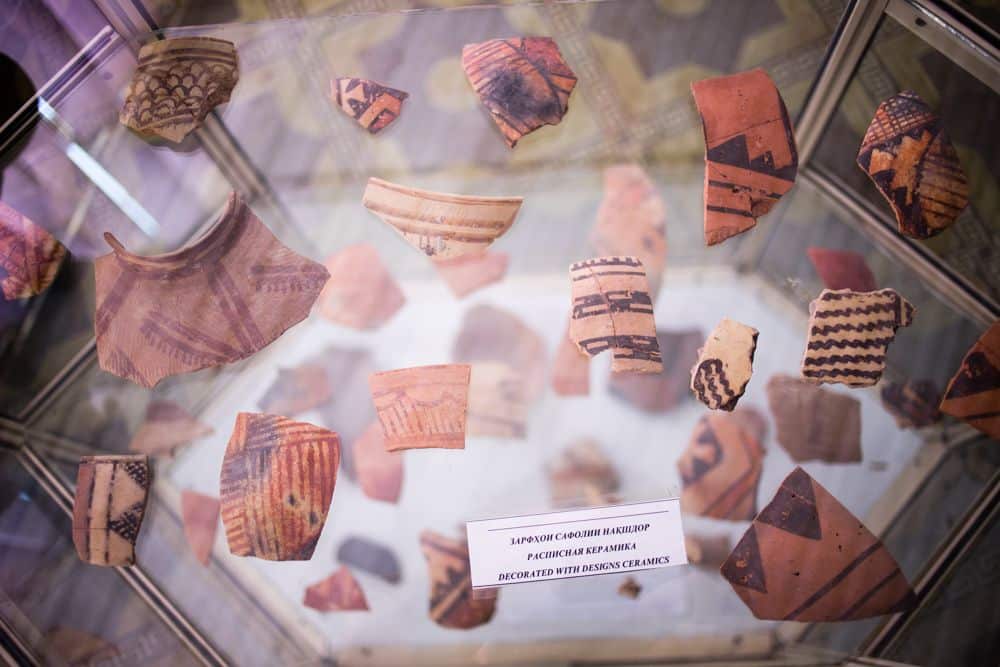
Is Sarazm worth visiting?
Though of incredible historical importance to the Central Asia region, the actual Sarazm site isn’t all that much to see on the ground. Archaeology fans with a vivid imagination may be impressed by the excavations, but the average visitors won’t spend long exploring the site. Sarazm is worth the short trip for travelers already in Panjakent, which is a popular hub for trekking in the Fann Mountains, but may not be worth traveling to Panjakent exclusively for.
Book your accommodations in Panjakent.
Tips for visiting Proto-urban Site of Sarazm
Sarazm in the midday sun is brutal, even under the metal scaffolds. Try to visit in the morning.
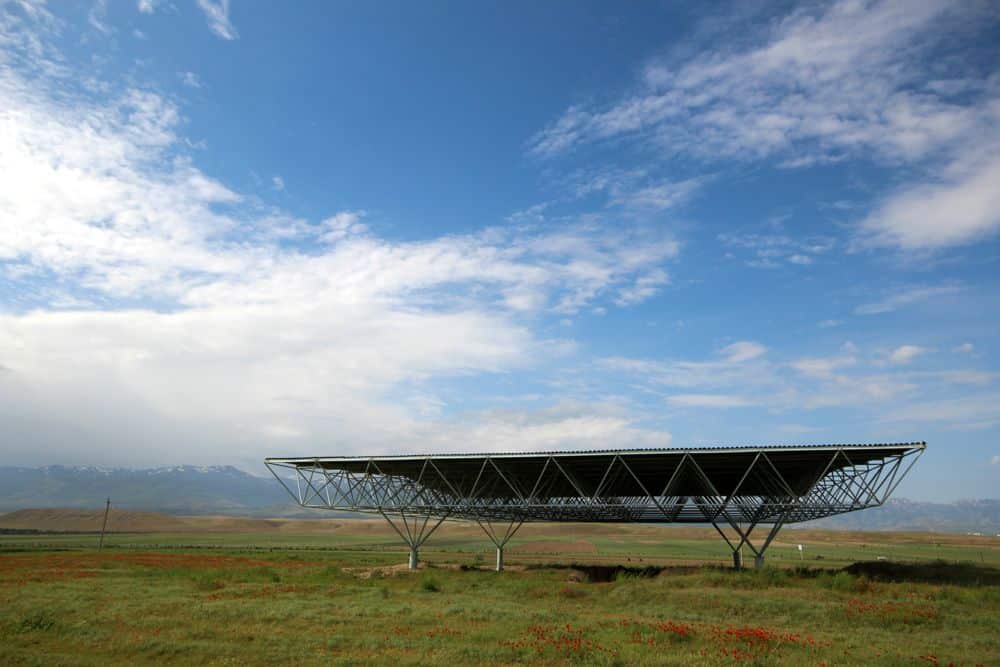
In general the site is best visited on the way to or from the Uzbekistan border, which is just 5km (3 miles) west of Sarazm. Those with a serious interest but little time could even visit as a day trip from Uzbekistan’s tourist-favorite, Samarkand.
Book your accommodations in Samarkand.
Several elements included in the UNESCO site “Silk Roads: Zarafshan-Karakum Corridor” are located in the region as well.
Where is Sarazm?
Sarazm is both a modern village and the UNESCO site. It is about 15km (9 miles) west of the town of Panjakent – around a 20-minute drive. On-site parking is free, or any public transport (mostly marshrutka minibuses) from Panjakent towards the Uzbekistan border can drop passengers at the site. Most transportation starts at the Panjakent bazaar in the center of town.
Have you been to the Proto-urban Site of Sarazm? If so, do you have any additional information or advice about this UNESCO World Heritage site? Please add your comments below!

